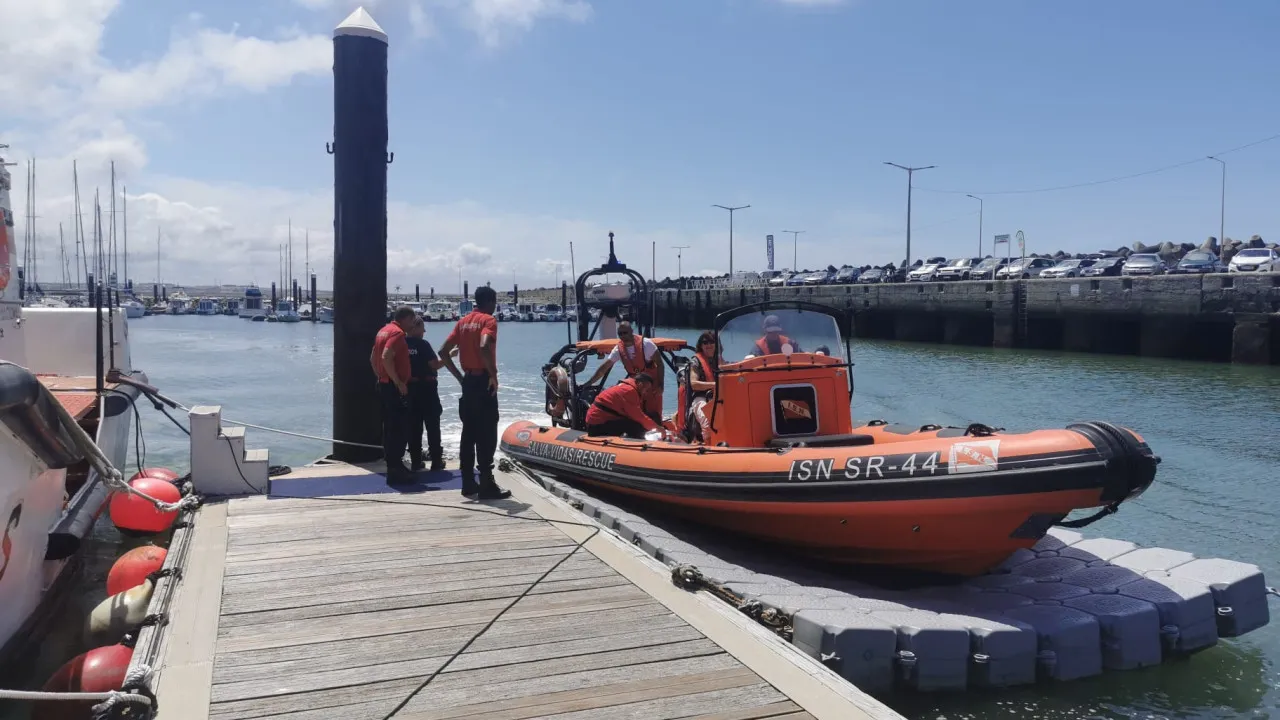
The National Republican Guard (GNR) seized 18 tourist animation vehicles last Thursday, July 11, in the municipalities of Sintra and Lisbon.
According to a statement released to newsrooms on Sunday, the GNR explained that an investigation had been underway “for about a year” concerning “document forgery, legalization, and registration of vehicles used for tourism activities.”
“The Guard’s officers conducted police operations that led to the execution of two search warrants in warehouses where the vehicles were located,” the statement said, adding that the vehicles were subsequently seized.
The facts have been reported to the Judicial Court of Sintra.
These tuk-tuks—very popular in Asian countries—have been modified to accommodate multiple passengers and have seen significant growth in several Portuguese cities, notably Lisbon and Porto, and are widely used by tourists.
As of April this year, following the implementation of various restrictions on the circulation of these tourist vehicles, the Lisbon City Council granted EMEL the authority to supervise and impose fines for traffic code violations by tuk-tuks.
Tuk-tuk circulation has been banned on a total of 337 streets across seven parishes, including Avenidas Novas, Arroios, Penha de França, São Vicente, Santo António, Misericórdia, and Santa Maria Maior.
When should a vehicle be seized by the authorities?
According to information available on the Legal Database site, a vehicle should be seized by criminal investigation or oversight authorities or agents when:
- It operates with license plates that do not belong to it or have not been legally assigned;
- It operates without license plates or is not registered, except as provided by law;
- It operates with license plates that are not valid for traffic in national territory;
- It operates with an identification document that has been seized, unless replaced by a permit under the terms of the previous article;
- Its property registration or the ownership of the identification document has not been regularized within the legal deadline;
- Liability insurance has not been secured as required by law;
- It fails to appear for inspection as stipulated in paragraph 2 of article 116, without a duly justified absence;
- It operates without having been inspected to confirm the correction of irregularities found in a previous inspection, where it failed, within the set deadline;
- The seizure is determined under the provisions of paragraph 3 of article 147;
- The seizure is determined under the provisions of paragraph 6 of article 114 or paragraph 3 of article 115;
- The seizure is determined under the provisions of paragraphs 5 and 6 of article 174.
It should be noted, however, that according to the above numbers, a vehicle “cannot remain seized for more than 90 days due to the negligence of the identification document holder in regularizing the situation, under penalty of forfeiture to the State.”




